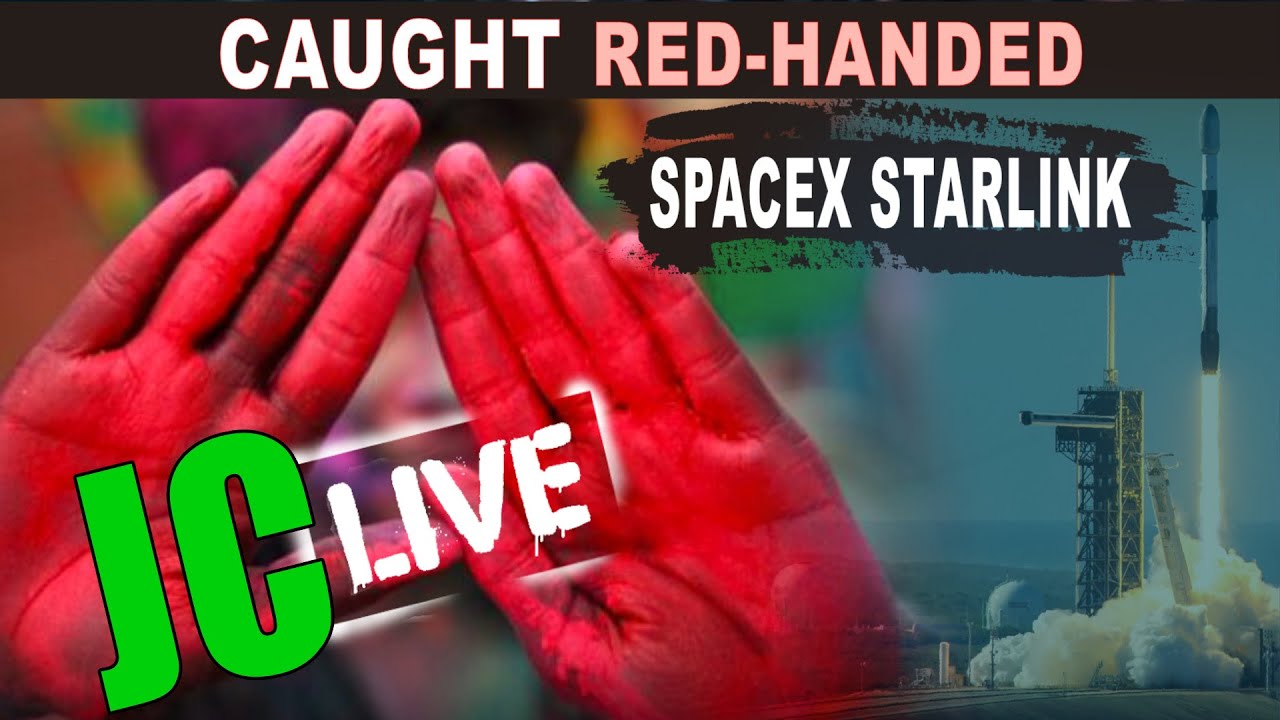SpaceX Starlink Revealed This By Accident
Summary
TLDRSpaceX's Starlink satellite internet service has seen significant improvements in latency since January 2024, with 222 software updates aimed at reducing latency by over 30% for US subscribers. The company is working towards a goal of achieving latency under 20 milliseconds, which would bring it close to fiber connection speeds. These updates include new algorithms and quality of service improvements to prioritize data packets for better performance during gaming and video calls. Additionally, Starlink is planning to lower satellite orbits to further decrease latency, with the service already boasting over 2.6 million subscribers after a recent surge.
Takeaways
- 🚀 SpaceX's Starlink has implemented 222 software updates since January 1st, focusing on improving system performance.
- 🎮 The updates aim to reduce latency, which is crucial for gaming and real-time applications like video conferencing.
- 🎯 Elon Musk has set a goal for Starlink to achieve latency under 20 milliseconds, comparable to fiber connections.
- 📉 Starlink has reportedly reduced latency by over 30% for US subscribers, from 48.5 milliseconds to 33 milliseconds during peak usage hours.
- 🌐 International users outside the US have also seen improvements, with mean latency reduced by up to 35%.
- 🔍 SpaceX monitors latency rates by collecting anonymized data from millions of Starlink routers every 15 seconds.
- 🤖 The company uses AI and algorithms to prioritize data packets and optimize the network for quality of service (QoS).
- 🛰️ Starlink is working on lowering satellite orbit from 530 km to 330 km to save 2 milliseconds in round-trip time, contributing to lower latency.
- 📈 Since December, Starlink has added 400,000 subscribers, growing from 2.2 million to 2.6 million.
- 🔄 In addition to Starlink updates, SpaceX has also performed 193 satellite software updates, 75 Gateway software updates, and 57 WiFi updates since January.
Q & A
How many software updates has SpaceX Starlink rolled out since January 1st?
-SpaceX Starlink has rolled out 222 software updates since January 1st.
What is SpaceX's goal regarding latency for Starlink?
-SpaceX's goal is to reduce Starlink's latency to under 20 milliseconds.
How has Starlink's latency improved for US subscribers in recent months?
-Starlink's latency for US subscribers has improved by more than 30%, from 48.5 milliseconds to 33 milliseconds during peak usage hours.
What is the significance of reducing latency for online gaming and video calls?
-Reducing latency is crucial for smooth online gaming and video calls as it ensures timely responses and prevents delays that can disrupt the user experience.
How often does SpaceX collect anonymized latency measurements from Starlink routers?
-SpaceX collects anonymized latency measurements from millions of Starlink routers every 15 seconds.
What is one of the strategies SpaceX is using to reduce latency?
-One strategy SpaceX is using to reduce latency includes orbiting satellites at a closer distance to Earth, specifically from 530 km down to 330 km, which could save up to 2 milliseconds.
How many additional subscribers did Starlink gain since December according to the company's report?
-Starlink gained an additional 400,000 subscribers since December, increasing from 2.2 million to 2.6 million subscribers.
What does the term 'QoS' stand for, and what is its relevance to Starlink's network improvements?
-QoS stands for Quality of Service, which is relevant to Starlink's network improvements as it involves using algorithms to prioritize data packets and reduce unnecessary latency for users.
What type of updates has SpaceX been working on to improve Starlink's performance?
-SpaceX has been working on updates related to quality of service (QoS), satellite software, gateway software, and Wi-Fi updates in the routers.
How does SpaceX plan to handle large user downloads affecting latency on the Starlink network?
-SpaceX plans to handle large user downloads by using active query management (QoS) to prevent such downloads from affecting the latency of other users' activities like gaming or telecommuting.
What is the expected outcome of SpaceX's continuous efforts to reduce latency?
-The expected outcome is a continued improvement in latency rates over the coming weeks and months, with the aim of achieving rates between 30 and 42 milliseconds for many US Starlink users.
Outlines

This section is available to paid users only. Please upgrade to access this part.
Upgrade NowMindmap

This section is available to paid users only. Please upgrade to access this part.
Upgrade NowKeywords

This section is available to paid users only. Please upgrade to access this part.
Upgrade NowHighlights

This section is available to paid users only. Please upgrade to access this part.
Upgrade NowTranscripts

This section is available to paid users only. Please upgrade to access this part.
Upgrade NowBrowse More Related Video
5.0 / 5 (0 votes)





